VEGAS MYTHS BUSTED: Las Vegas Was Built on Barren Desert Terrain
Posted on: March 11, 2024, 08:18h.
Last updated on: July 9, 2024, 03:31h.
Las Vegas is the second driest city in the US after Yuma, Ariz., according to the National Oceanic and Atmospheric Administration, with an average rainfall of just 5.37 inches a year. So why on Earth was a big city built in such a waterless hellscape?
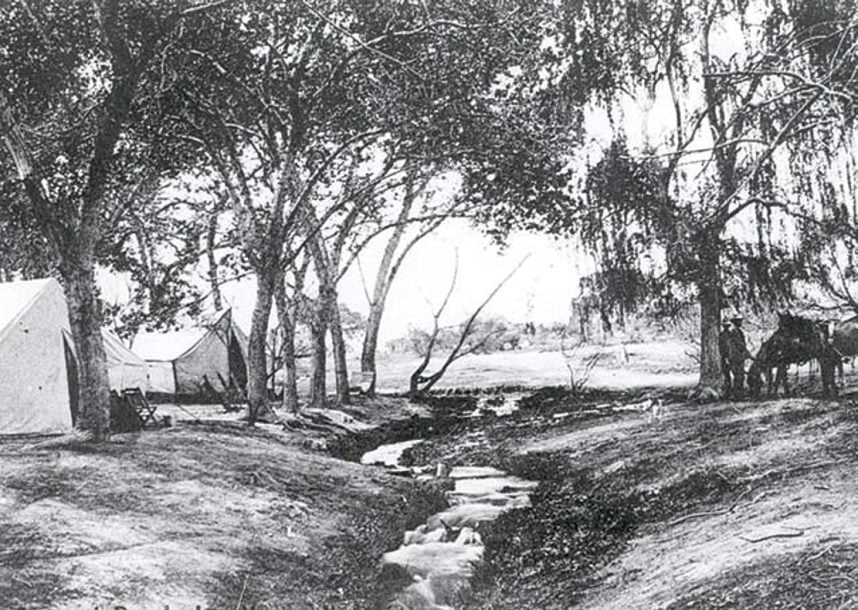
Because it wasn’t.
While rain barely falls on Las Vegas, it falls plenty in the mountains surrounding it. For more than 15,000 years, runoff from snowmelt and downpours at higher altitudes fed springs and streams that broke through the desert floor and flowed freely (and, during storms, uncontrollably) through Las Vegas.
Rather than a harsh desert, the region was actually an oasis inside a harsh desert when it was founded in 1905. (“Las Vegas” is Spanish for “The Meadows.”)
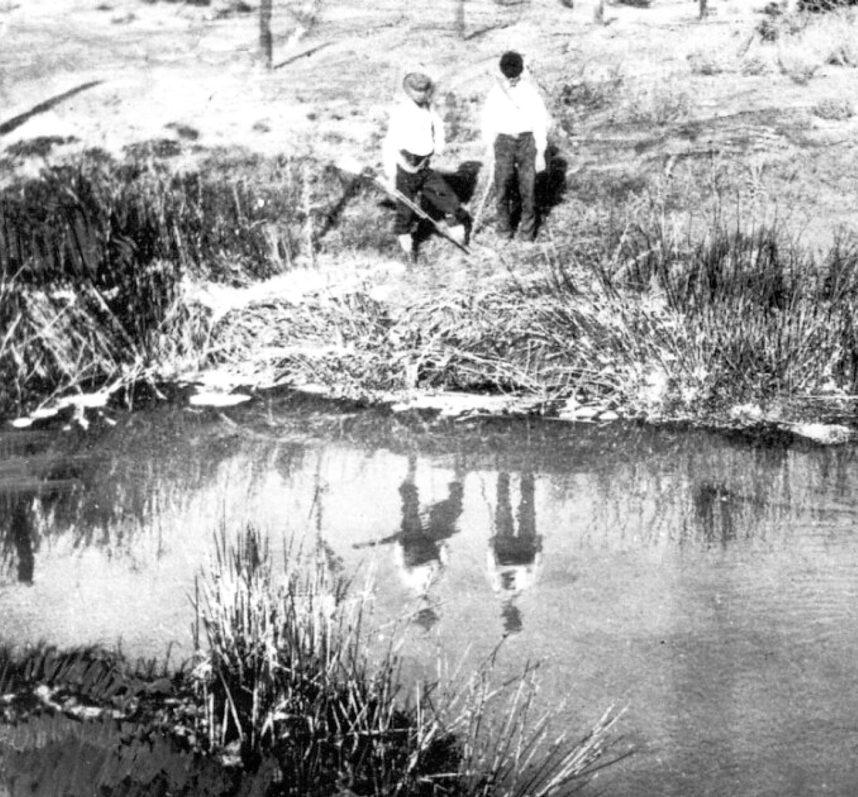
Today, its underground aquifers are drained nearly dry and the mountain runoff is funneled into concrete flood channels that deliver it directly to Lake Mead. But when they were allowed to (and could) flow naturally, the main waterways — Las Vegas Creek, Duck Creek, and what’s known today as the Flamingo Wash — provided ample water to drink and bathe with, as well as to sustain lush grass and thickets of mesquite and willow trees that supported their own diverse array of nondesert wildlife.
This water source allowed Native Americans to survive and thrive here for at least 5,000 years. Then it made Las Vegas a vital stop on the Old Spanish Trail between Santa Fe and Los Angeles.
In fact, it was while mapping that trail in 1829 that Raphael Rivera, a scout for the first Mexican expedition through Southern Nevada, bestowed upon the region its Spanish name.
Related Bonus Myth
The first permanent European settlement in Las Vegas wasn’t abandoned because of a lack of water. A combination of factors caused 32 Mormon missionaries to ditch the Old Mormon Fort two years after they built it on the Las Vegas Creek in 1855.
These factors included disappointing mining and crop yields, dissension among the leaders, deteriorating relations with the Native Americans they tried converting to Mormonism, and the beginning of what the Mormons refer to as the Utah War against the US government, which they returned home to help fight.
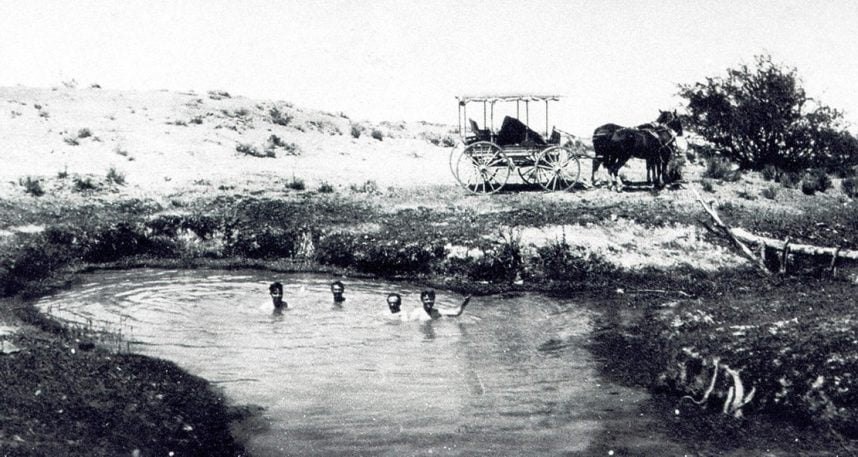
Troubled Water
In 1902, Las Vegas pioneer Helen J. Stewart sold most of her ranch on Las Vegas Creek, and its water rights, to Montana Sen. William A. Clark and his San Pedro, Los Angeles & Salt Lake Railroad. This allowed the railroad to build a system that pumped running water from the creek directly to the 1,200 business and residential lots it sold in what eventually became downtown Las Vegas.
Five years later, the new city’s residents began drilling wells into the aquifer for extra water. Often, these wells weren’t capped, allowing copious amounts of the precious resource to gush aboveground where most of it evaporated. People didn’t understand where the water came from, and the force with which it gushed gave them the misconception that its supply was endless.
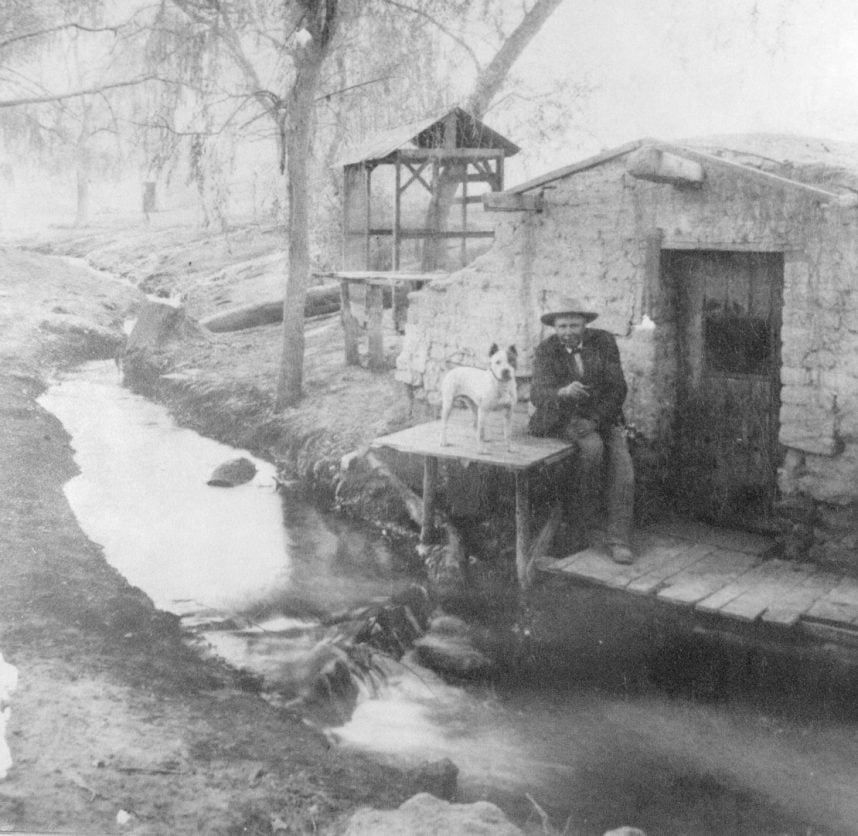
By the summer of 1935, so much more of its water was pumped out than had been naturally replenished, Las Vegas Creek dried up for the first time. This prompted Nevada State Engineer Alfred Merritt Smith to declare Las Vegas dangerously overdrawn.
Smith proposed metering water usage, but the Nevada State Legislature opposed all such anti-development crazy talk.
By 1962, the water table finally sank so low, the Las Vegas Springs stopped flowing to the surface entirely. This killed most of the vegetation its springs and streams had sustained, as well as several distinct species of frogs and fish.
By 1972, the last remnant of Las Vegas Creek was doomed to be paved over for a new expressway. This remnant still quenched a green but slowly dying half-mile swath of vegetation just west of downtown and adjacent to the Meadows Mall. (Get the name? Most people don’t because there aren’t many meadows left in Las Vegas.)
By this time, Las Vegas was drawing most of its water from the Colorado River, via pipes poked into a completely full Lake Mead, so no loud alarm bells sounded.
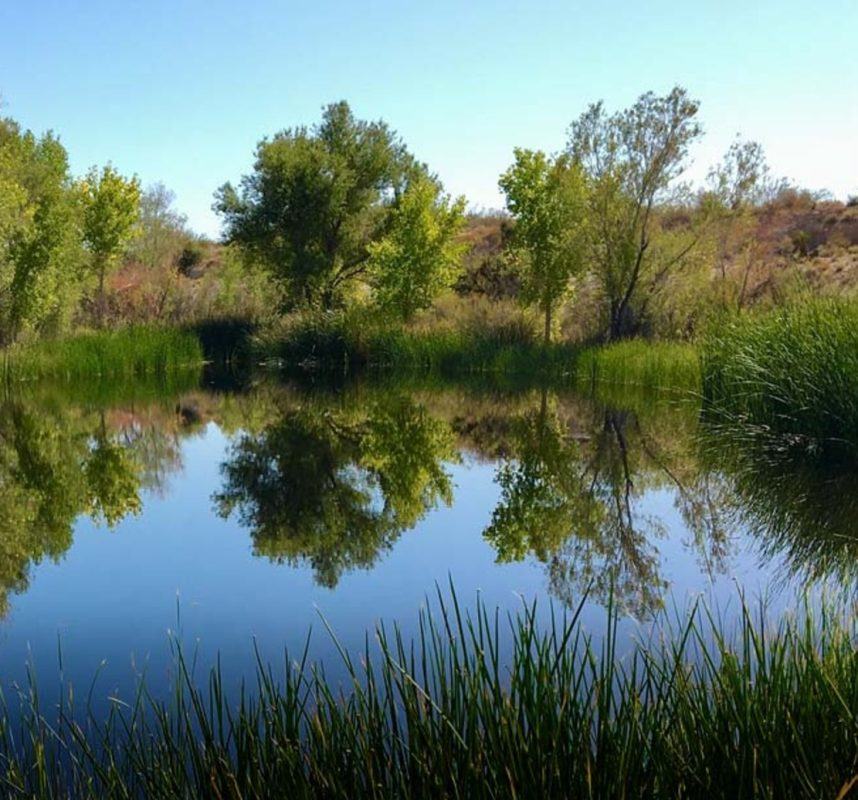
Until UNLV archeology professor Claude Warren conducted a survey that found evidence of human occupation on the site dating back thousands of years.
The Las Vegas Valley Water District, with the help of concerned citizens, used this surprise to get the Las Vegas Springs added to the National Register of Historic Places in 1978. And that’s what forced the Nevada Department of Transportation to divert US 95 around the 180-acre site.
To protect, and attempt to restore, what little remains of the Las Vegas Springs, the Las Vegas Springs Preserve was established on the site in 2007.
To date, according to the organization’s website, it has restored seven acres of wetlands, including a stream and 14 habitat ponds.
That may be a drop in the bucket, but it beats doing nothing at all.
Look for “Vegas Myths Busted” every Monday on Casino.org. Visit VegasMythsBusted.com to read previously busted Vegas myths. Got a suggestion for a Vegas myth that needs busting? Email corey@casino.org.
Related News Articles
Colorado River Snowpack Reaches 158%, Easing Las Vegas Drought
Most Popular
Mirage Las Vegas Demolition to Start Next Week, Atrium a Goner
Where All the Mirage Relics Will Go
Most Commented
-
Bally’s Facing Five Months of Daily Demolition for Chicago Casino
— June 18, 2024 — 12 Comments -
Chicago Pension Mess Highlights Need for Bally’s Casino
— July 2, 2024 — 5 Comments

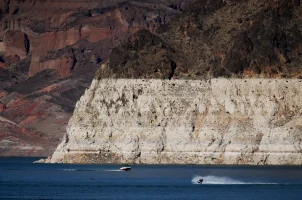
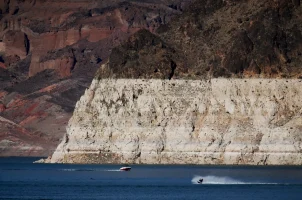
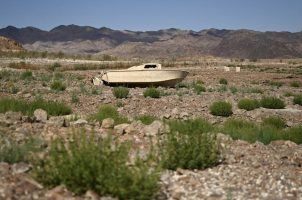





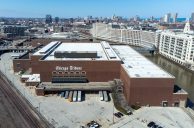






Last Comment ( 1 )
Awesome story!!! Thanks!